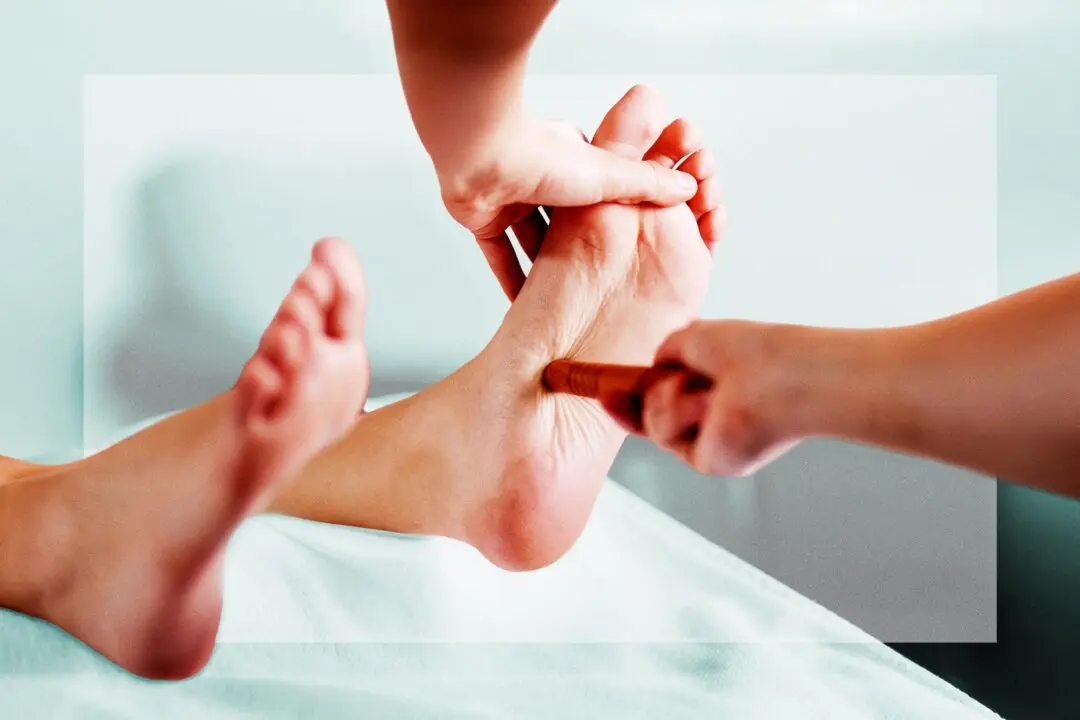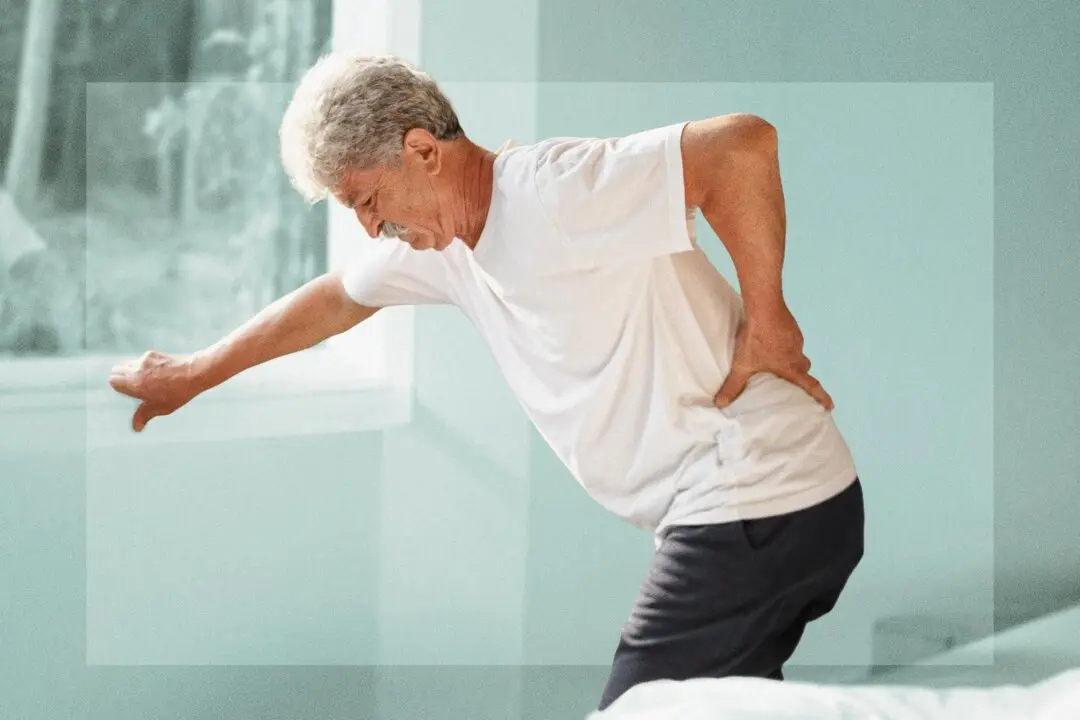Pelvic misalignment or abnormal pelvic tilt can trigger uncomfortable symptoms such as pain in the lower back, hips, legs, and knees. A sedentary lifestyle, sitting with the legs crossed, and poor posture can cause the pelvis to be misaligned or tilted.
How do you know if your pelvis is positioned correctly?






